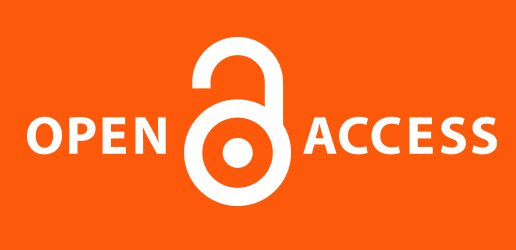Determinants of Adoption of Improved Forage and Its Impacts on Income of Smallholder Farmers in Southwest Showa Zone, Oromia Region, Ethiopia
DOI:
https://doi.org/10.20372/au.jssd.10.1.2022.0368Keywords:
Adoption, Challenges, Forage, Heckman two stages, improved, livestockAbstract
Improved forage is an important livestock feeding. However, adoption and intensity of improved forage in Ethiopia were low. Also, it causes for low level of income. Using cross-sectional data collected from 351 livestock producers in Southwest showa zone we examined the variables that affect the adoption of improved forage and its impacts on household income. Descriptive statistics and econometric models were employed for this study. The average lands allocated by adopters were 0.016hectares. Nine explanatory variables showed statistically significant differences between adopter and non-adopter of improved forage. The Heckman two-stage model analyses indicate that the adoption is significantly influenced by age, education, farm income, frequency of extension contact, access to training, access to credit, family size and the availability of communal grazing land whereas frequency of extension contact, livestock holding, sex, educational, and access to training were statistically significant factors in affecting the adoption intensity of improved forage. According to the PSM model adopters of the improved forage makes on average 2942.652 Ethiopian Birr/year more incomes than non-adopters. The result of this study indicates that a low adoption rate and several factors that influence adoptions in general. Adoption of improved forage is important since it boosts adopters' income and is a solution for the shortage of feed for livestock which now frequently rises. The findings show that smallholder livestock producers should be encouraged to adopt improved forage at a greater rate in order to raise their profitability.
Downloads
Published
How to Cite
Issue
Section
License
Copyright (c) 2022 Mideksa Dabessa, Jima Dagaga , Yohannis Keterew

This work is licensed under a Creative Commons Attribution-NonCommercial 4.0 International License.









